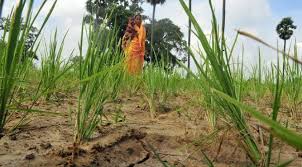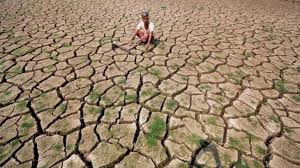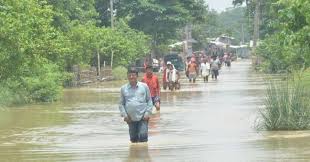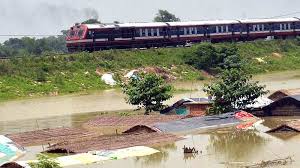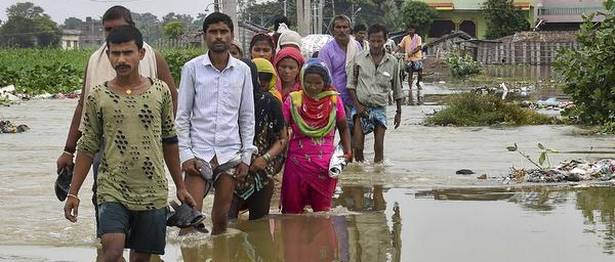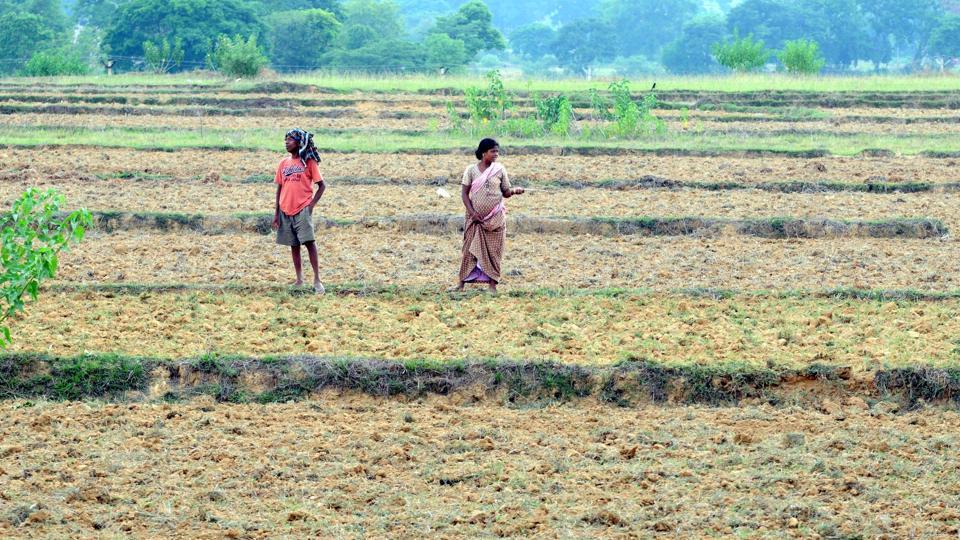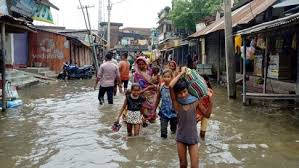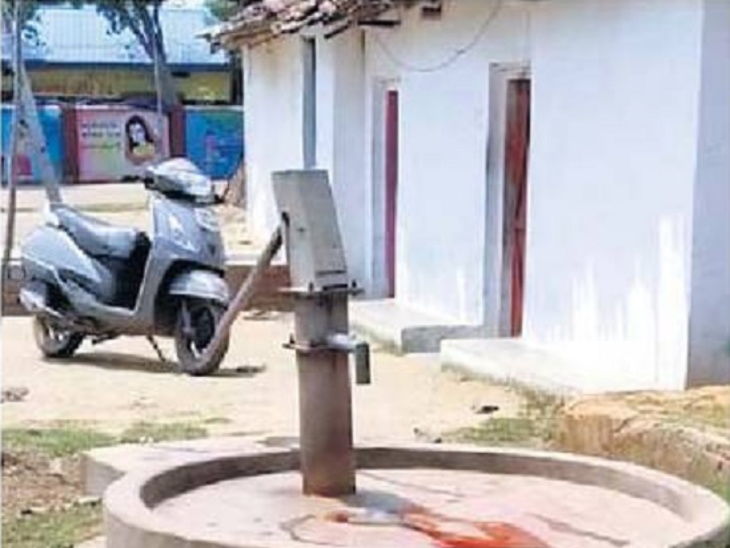Sunday Late Night 31 Bodies Identified in Delhi Fire – Fire: 31 out of 43 useless, Bihar authorities will even give compensation.
Source – ourbitcoinnews.com By late Sunday evening, 31 individuals of the New Grain Market hearth have been recognized. Nearly 60 […]
